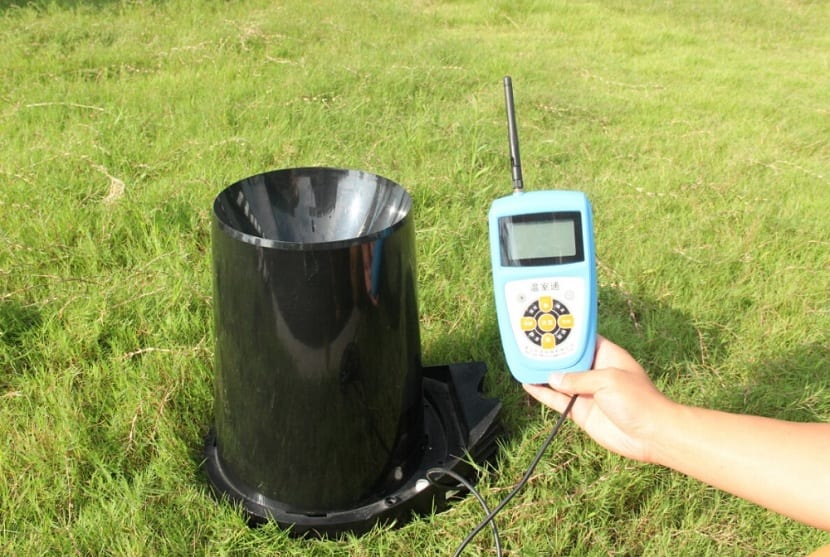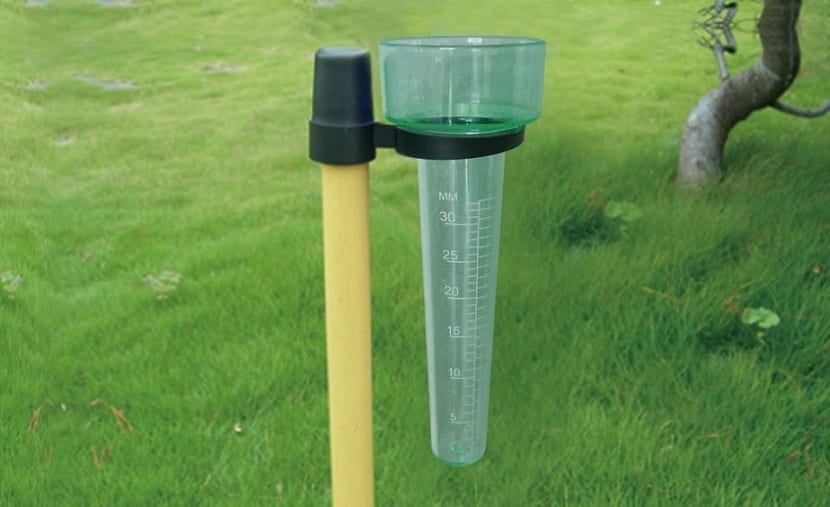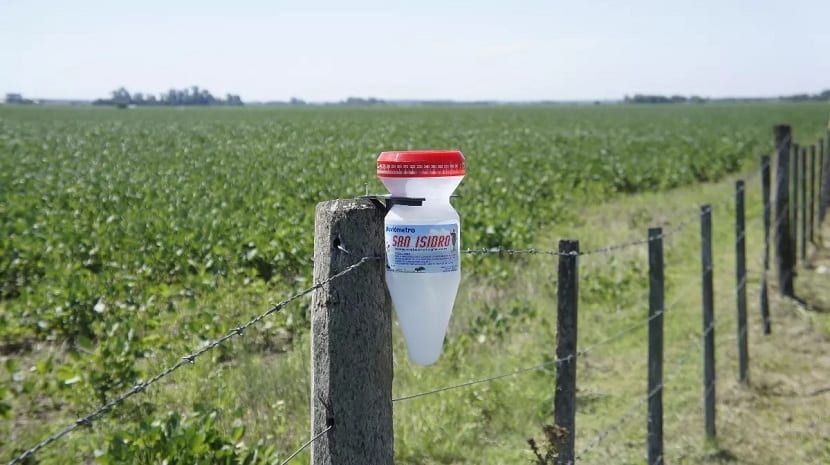
Among the most used meteorological instruments around the world and with the most importance we find the pluviometer. The word comes from pluvio which means rain and from meter which refers to its measurement. Therefore, the rain gauge is a device for measuring rain. This rain gauge is incorporated in the weather stations and it is an element that provides great information in order to know both the meteorology and the climatology of a place. Everything that is precipitation is collected by this instrument.
Here you can find out how the rain gauge works and the importance it has in meteorology and climatology.
What is a rain gauge

This is a device used to being able to measure the rainfall that falls in an area during a certain amount of time. These rainfall data are being recorded to such an extent that it can be used to prepare the climatic data sheet for the area. With all the data collected, averages are made of the rainfall by months, year after year, to see how the rainfall fluctuates over time.
For example, if an area has an average annual rainfall of about 500 mm, this is known because rainfall data has been recorded for many years. The first measurements date back to the 1800s. The rain gauge can collect data on any type of precipitation such as rain, granizo, snow, sleet or drizzle. The fog or the dew cannot measure it since it is only the condensation of the water.
The main utility is power measure the meteorological precipitations of an area to be able to establish various data.
From

Although it seems somewhat more modern, the measurements of the rain It has been recorded since 500 BC. The Greeks were the first to measure the rain. Later, in India, they already had real rain collections. They placed containers and containers to be able to catch the rainwater and be able to measure it. In these cases, the measurement of rainfall was not made for the purpose of creating records and data for the elaboration of the climate of an area. It only helped to improve crop yields.
Every year the rainfall was measured to know what water was available for the crops. The need to measure rainfall stems from agricultural need. This is corroborated by religious writings found in Palestine that spoke of how the fall of rain affected the supply of essential water for irrigation of crops. Therefore, at that time both food supply and agriculture were the only things that mattered. They did not need that data for weather forecasting or weather forecasting.
Much later in 1441 in Korea, the first rain gauge made of bronze and with a standard opening was developed. This rain gauge served for almost 200 years, when in 1639, Benedetto Castelli, a disciple of Galileo Galilei, managed to make the first measurements of rainfall in Europe. This device was handheld and marked the level of precipitation that was there for hours.
In 1662 the first rain gauge with tilting buckets was invented. This device served to record not only rainfall data but also meteorological data such as air temperature and wind direction.
How does it work

The device must be placed in a high place so that it can record the rain levels. In this way, it will not be affected by any type of obstacle. At the time of measurement, the container begins to store the rainwater little by little and, when finished, Depending on the measurement you mark, it will be the rainfall in the area.
It is capable of measuring rain, hail, snow, drizzle, and sleet, although it does not measure mist or dew. This is due to the fact that these are condensation phenomena of water droplets and cannot be measured with the marks on the glass. It is cylindrical in shape and has a funnel-shaped part to collect more water.
Types of rain gauge
Manual

It is the most common type. It is a fairly simple and straightforward indicator of the amount of rain that falls in an area. It is made up of a cylindrical container with a graduated scale. The height of the water it reaches is equivalent to the levels of precipitation. It is measured in millimeters.
Totalizers
This type of rain gauge is one of the most accurate. They are responsible for collecting the water that falls through a funnel. This funnel recirculates the water to a container that is graduated. They tend to be placed at a certain height from the ground and the fall of water is recorded every 12 hours. The only fault with these rain gauges is that the time at which the rainfall occurred cannot be determined.
Siphon
With this type of rain gauge the time of precipitation can be known quite accurately. It consists of a rotating drum that rotates at a constant speed. It is graduated with a pen inside that floats vertically. If not, the pen is marking a horizontal line.
Double tipping bucket
This device collects the water through a funnel and leads it to a small double triangular bucket that can be made of both metal and plastic. It has a hinge at the midpoint of balance. Once it reaches the expected precipitation, which is usually 0,2 mm, equilibrium changes occur in the other bucket, while the first bucket counts again.
The importance of the rain gauge has been around since ancient Greece. Although at first it was only useful for improving agricultural fields, it was important to guarantee a livelihood of food for the population. Over the years, its importance has risen in such a way that it serves not only for crops, but also to measure rainfall in order to study climates around the world and to diagnose climate changes.
I hope that with this information you can learn more about the rain gauge.


